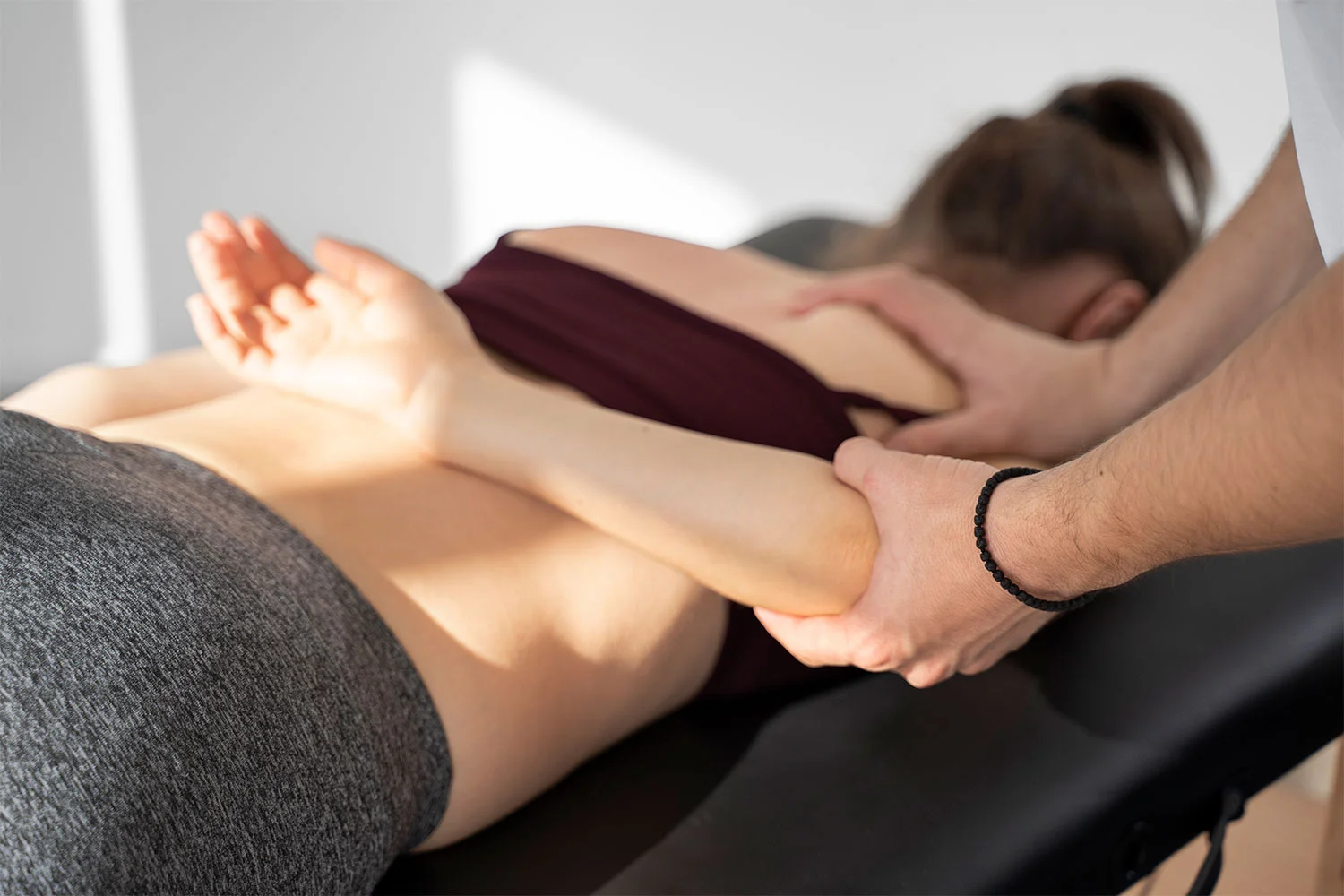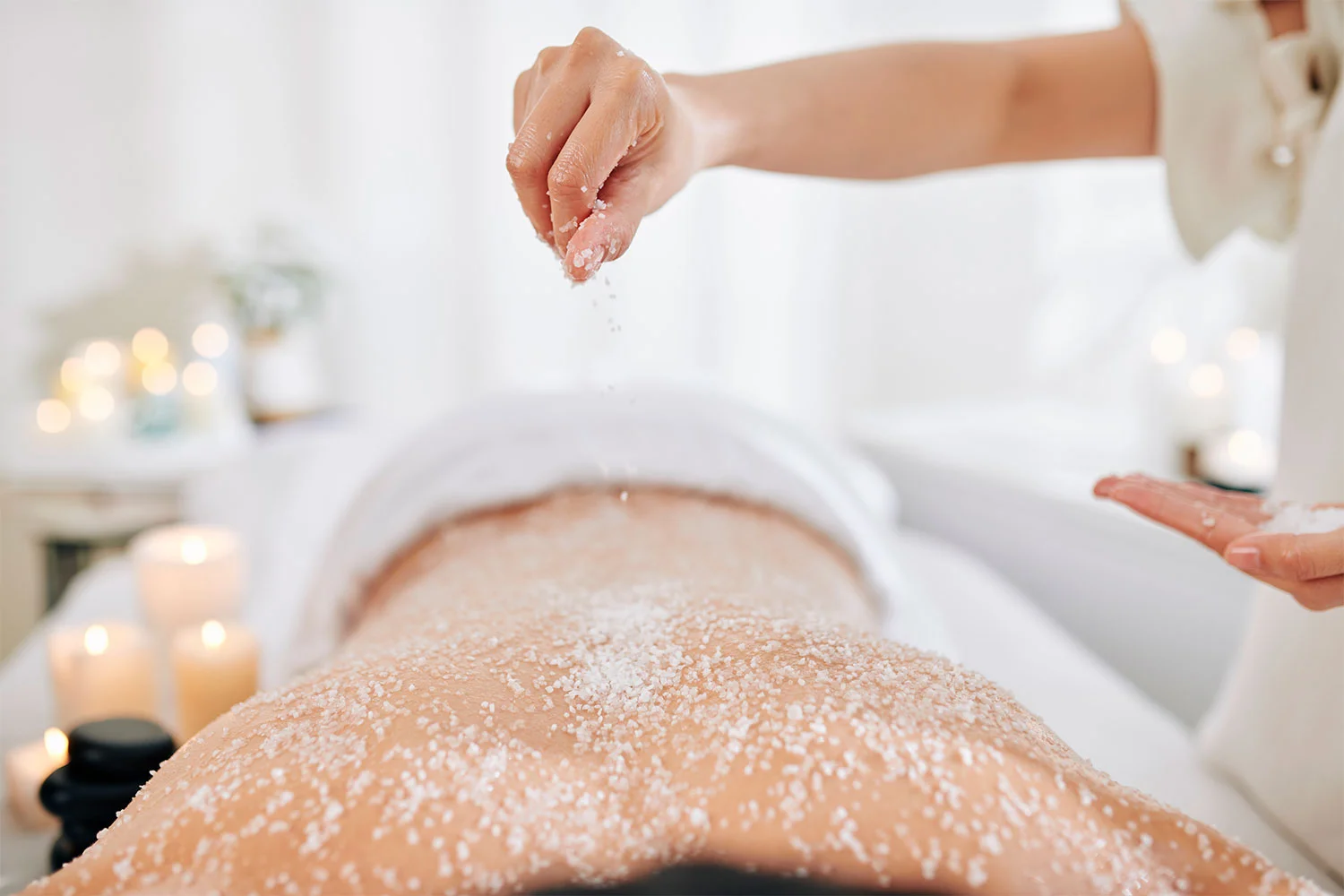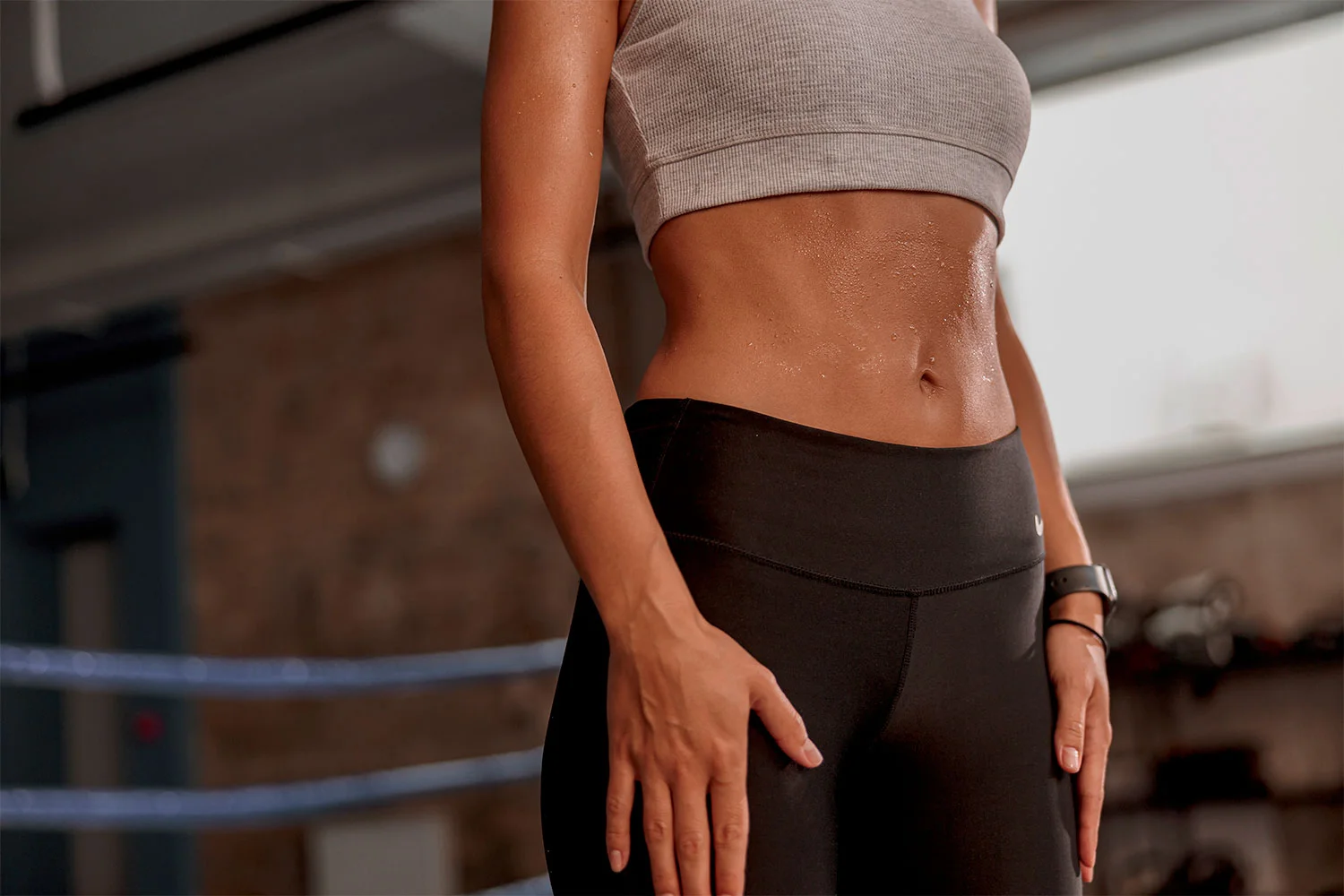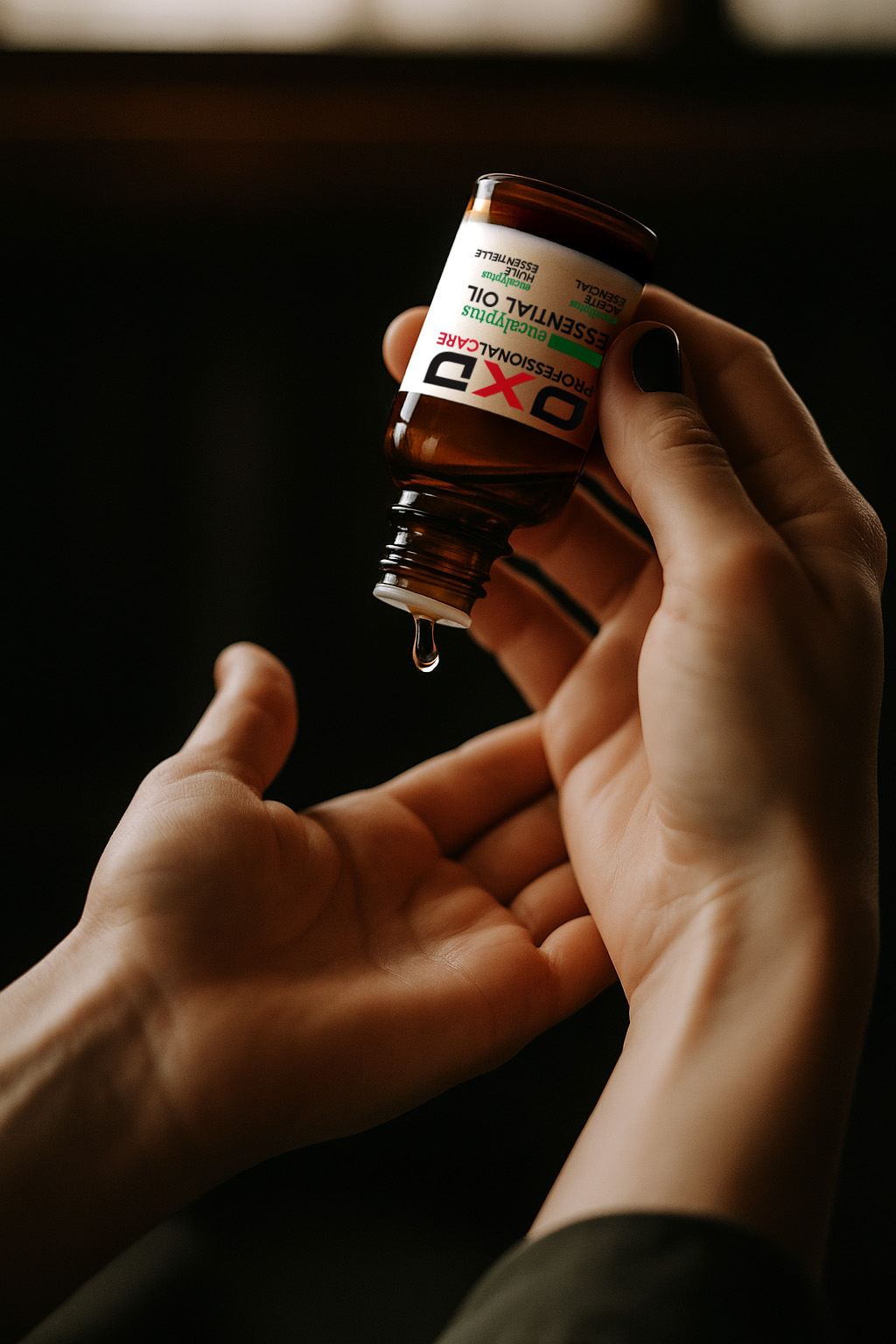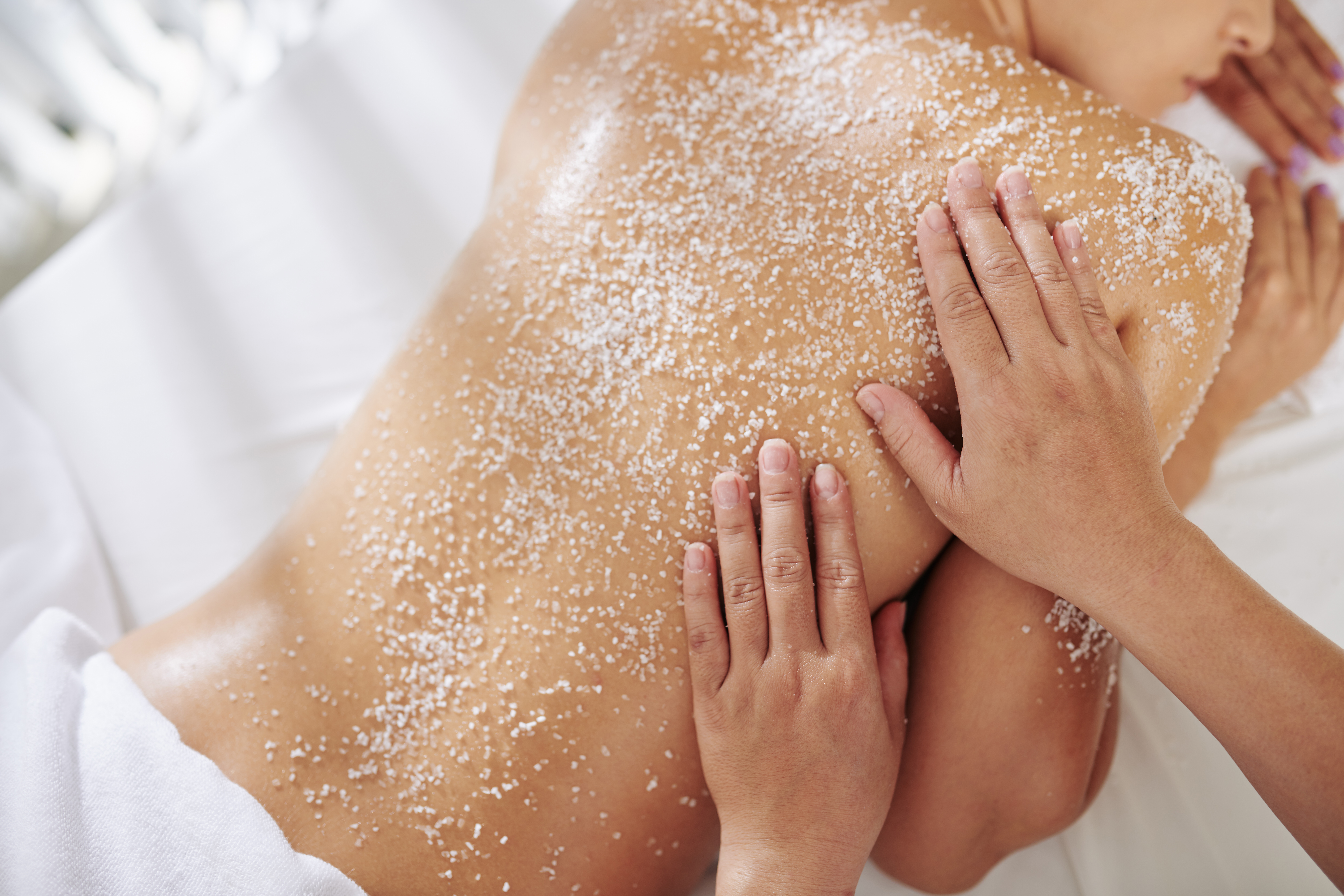Diary of a hiker on challenging routes
We were all there. Juan, Cris, Jero, Joana and I. An improvised group of friends, but united by a common hobby: hiking. And united by having met on different routes and through the typical favours that stem from unforeseen events. That is, having to rescue each other from a fall or lend each other everything from socks to muscle relief cream.
The idea was clear. And the objective emerged majestically in the background. The GR11, one of the toughest and most popular routes in the Pyrenees. A different route to our weekly meet-ups in the mountains of our province, due to its varied terrains and its long trail across the entire mountain range from sea to sea, from the Mediterranean to the Cantabrian. And we had everything: well-worn trekking boots, rucksacks, and even some hidden remedies in case of adversities.
As we only had three weeks in which to do it all, and the whole route is approximately 800 kms (45-50 days), we decided to do the central section, because after consulting several guidebooks and asking for advice from friends who had already done the route, they all agreed that it was the most beautiful, although also the hardest. We would start in the Aigüestortes National Park and finish in Isaba, a small town in the Navarre Pyrenees.
The route began. Nervous laughter and such enthusiasm that it could even be mistaken for anxiety. The sun was beating down hard, but not even the sweat could dampen our excitement. For the first few kilometres, it felt like a stroll. We wanted to share certain stories and we took it in our stride. But, little by little, the route became more complicated.
It was our first time on the GR11. And we were warned that our desire to trek for several weeks could be blown away in the first few days. In the worst-case scenario, we would not have been the first ones to give up so soon.
We did not go too wild, but the first few days we wanted to meet our 20 km target. But, of course, we are talking about eight hours of endless climbs and killer descents. And that was every day. The effects appeared the following morning in the form of the first signs of almost immobilising muscle stiffness. By the second day we already had to use recovery gel.
I think what we found most difficult to assimilate were the passes of over 2,000 metres high (watch out for the Añisclo Pass!). In fact, I would say that we didn't know how to adapt to such a steep climb until well into the route. And, excuse the pun, but they were on a different level. Terrifying, but at the same time very appealing. The GR11 is a constant sum of challenge after challenge. And if you like being in constant contact with nature as much as I do, I'm sure you understand what I mean.
And what about the cold? It made no difference that the calendar marked July. From among the infinite options offered by the Pyrenees, precisely because it was summer, we chose the areas of the Central Pyrenees (much more rugged and untamed), as it is difficult to do them at any other time of the year due to the snow and ice.
Obviously, as we set off on the routes when the sun was barely rising, we had to deal with the very low temperatures. In this case, we found two ways to protect ourselves.
First, the whole group used the layered clothing system to alleviate the feeling of cold. Juan, Cris, Jero, Joana and I were like five onions in the middle of a wild and green landscape. We played a constant game of removing and adding layers. A thermal over here. A breathable coat that ended up in our rucksack. An outer waterproof layer that we had to put back on.
And then there was plan B to protect our muscles: the intense heat cream that got our muscles in tune and prevented problems due to the lack of warming up. For this reason, we carried large backpacks and almost six kilos on our backs. On a route like this, you have to be prepared for anything.
By the fifth day, we had managed to reset our minds, which had a positive impact on our physical condition. Even so, the backpacks were taking their toll on our backs and shoulders. And Jero even had a small problem with his lower back. Individual preferences came into play here. For example, Cris always preferred to use recovery gel. However, I have to admit that cold gel suits me much better.
In the end, the need was the same for us all. And a common denominator: recovering the level of elasticity before the start of each day.
As we reached the end of our route, something happened that we had been able to avoid for the entire journey. As we had been warned, the risk of losing our bearings would be present. We later found out that we were lost when we were only a few kilometres from the end in Isaba.
This mishap, which caused us to extend the journey a few more kilometres, meant that we used up all the vaseline we had with us. The constant use of the trekking shoes, combined with the humidity and the morning cold, caused half of us to suffer from blisters. And I could no longer hide the fact that I had been living with chafing on my thighs for three days.
Our route was as vibrant and spectacular as we imagined it would be. And best of all, we finished with a total of zero muscle injuries.
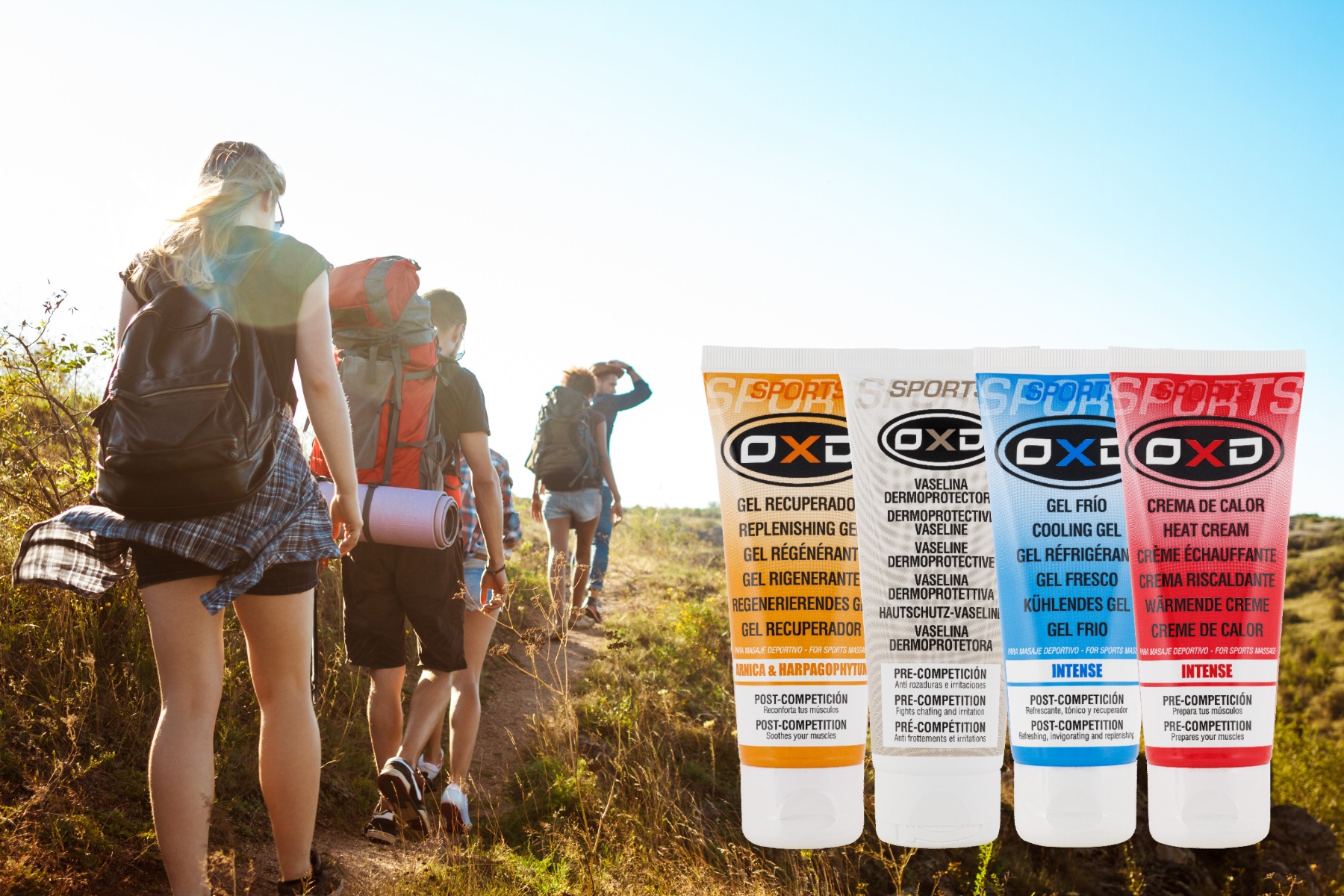
Now it's time to plan our next objective. How many and which of the 800 kilometres of the Way of St. James will we do next year? It's nothing like the Pyrenees but... it's something you have to do at least once in your life.

 Español
Español Français
Français